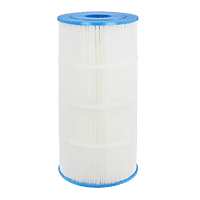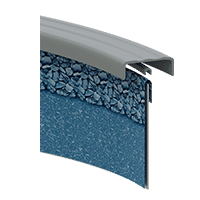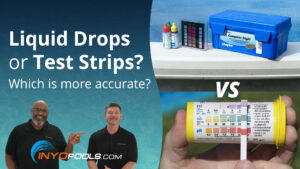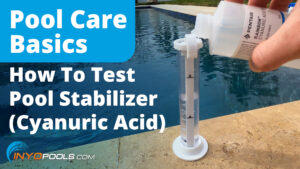Phosphates in a pool are organic compounds that come from sources like leaves, dirt, lawn fertilizer, rainwater runoff, and even swimmers’ lotions or detergents. Chemically, phosphates are forms of phosphorus, which is a nutrient that helps plants; unfortunately, algae are one of those plants.
Algae SuperFood
Phosphates enter your pool via water runoff, fertilizers, leaves, pollen, swimmers’ body oils, and some pool chemicals. First and foremost, phosphates promote algae growth. Algae thrive on phosphates just like plants thrive on fertilizer. Even if your chlorine or salt system is working properly, high phosphate levels can feed microscopic algae, allowing them to grow faster than your sanitizer can destroy them. This can quickly turn your pool water green, slimy, and uninviting.
Phosphates Increase Chlorine Demand
Chlorine is a pretty indiscriminate sanitizer; if it can touch it, it is going to try to hurt it. Do you remember what your skin and eyes felt like the last time your jumped in for a swim too soon after a shock treatment? Yeah, not imagine that a billion times over in microscopic form; that ho chlorine cleans your pools. If chlorine sees something that’s not a water molecule, it is going to birddog it until either the bacteria, virus, or the chlorine itself is all used up. That’s why it is super important to keep your pool clean and clear of debris. The more leaves and dirt you let settle in the pool, the more sidequests your chlorine takes instead of sticking to the main story of seeing off any and all bacteria.
And phosphates, a relatively harmless compound in the pool water chemistry equation, are mostly a distraction for chlorine when it could be attacking true threats in your water. Phosphates are food for algae, but if there’s no algae, it is just in the way. Chlorine will expend itself trying to “eliminate the phosphates from your pool; which means the higher the phosphate count, the less efficient your chlorine becomes.
What Is an Acceptable Range for Phosphates in a Pool?
Below 100 ppb (parts per billion): This is the ideal range for preventing algae growth. Keeping phosphate levels below 100 ppb helps maintain a healthy pool environment.
100-250 ppb: This level is often considered acceptable for pool water. While you may not see immediate issues, it’s wise to monitor these levels regularly.
Above 250 ppb: At this concentration, algae become more resistant to sanitizers, making it essential to take proactive measures.
Above 500 ppb: Levels exceeding 500 ppb pose a significant risk. Action should be taken immediately to reduce phosphate levels, as they can interfere with salt chlorine generators and lead to serious algae problems.s
How Do I Lower Phosphate Levels in My Pool?
Drain & Refill – The simple but effective method of draining a portion of your pool water, then refilling it with freshwater, is the method most pool users try first. But if you’re in an area with strict water waste rules or restrictions the drain and clean may not be permitted, so what to do then?
Phosphate Remove Chemical Additives – For a less water-wasting method, you can try products like Natural Chemistry’s PhosFree, phosphate remover













Leave a Reply